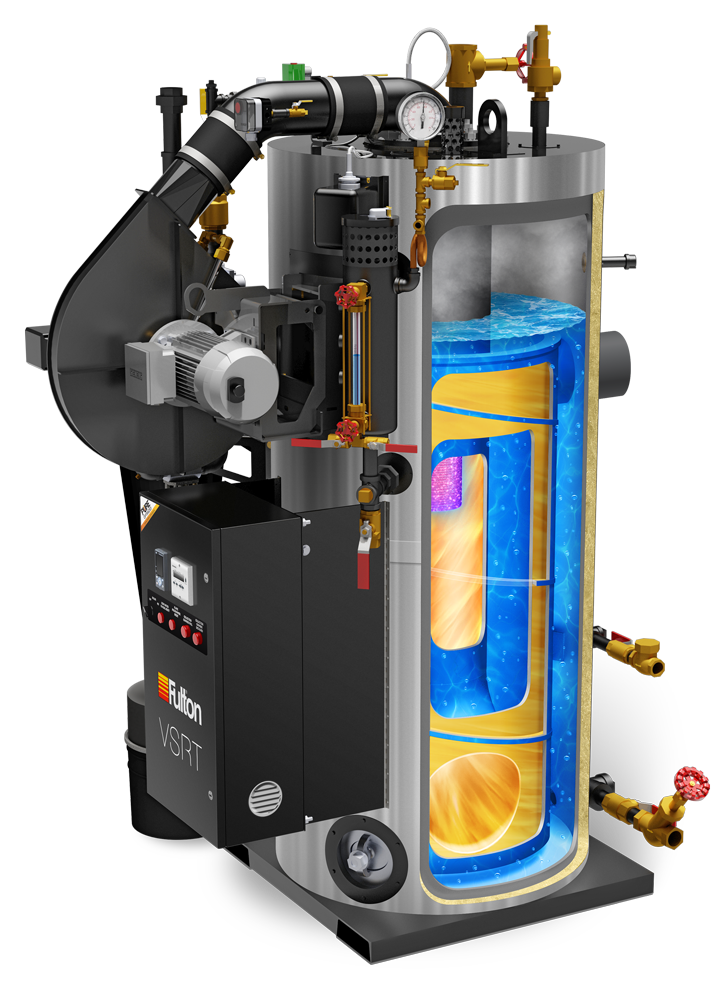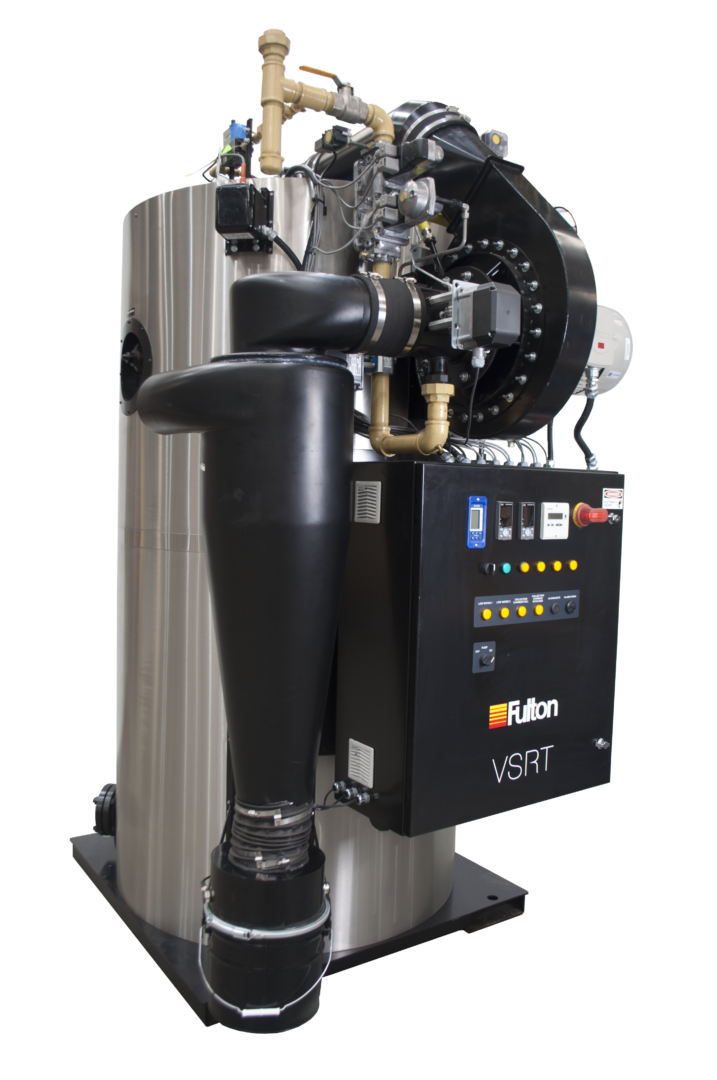
In this short blog Leigh Bryan, national consultant specialist at heat transfer specialist Fulton, looks at the costs associated with shell and tube steam boiler pressure vessel repair (and asks whether you really should be questioning its cost or the value of your peace of mind).
Whether you’re looking at a multiple tube repair or furnace section replacement (the infamous D Patch Repair), the costs associated with pressure vessel repair can quickly and easily begin to spiral.
The actual cost of a repair can run into tens of thousands, with certified materials, coded welders, insurer-appointed NDT inspectors and, in the case of D patch repairs to conventional 3-pass boilers, refractory replacement.
The time taken to carry out repairs may also mean a hire boiler is needed to maintain delivery of steam to the site and/or process. Another cost that can run into thousands of pounds.
Let’s also not forget about the potential financial, environmental and health & safety impacts of an acid clean. Here, specialist teams using often-expensive solvent- or alkaline-based treatments are required, which means the solutions used must then be stored or neutralised and disposed of in a safe manner that can also be potentially expensive.
 Additionally, there’s the financial impact from the boiler/process downtime, which can lead to the loss of services or product. In fact, in many cases the cost of repair is insignificant compared to the cost of several days without steam while a repair is carried out or a replacement hire boiler is delivered, installed and commissioned.
Additionally, there’s the financial impact from the boiler/process downtime, which can lead to the loss of services or product. In fact, in many cases the cost of repair is insignificant compared to the cost of several days without steam while a repair is carried out or a replacement hire boiler is delivered, installed and commissioned.
So, if you’re specifying steam raising plant for a new project or even replacing ageing steam boilers, don’t just consider the initial capital costs but look at the bigger picture, such as the design of a steam boiler and the potential risks from boiler/process downtime.
Unlike conventional vertical and horizontal shell and tube steam boilers – containing long steel tubes through which hot gasses from a furnace pass and around which the water to be converted to steam circulates – the design of Fulton’s radical VSRT utilises a floating, self-compensating heat exchanger design that eliminates the risk of thermal shock. Factor in no tubes (so a minimum 9.6mm material thickness) and NO refractory and the probability of a costly repair is greatly reduced. The VSRT is also backed by an industry-defining, 10-year pressure vessel warranty.
So, perhaps the question you should really ask isn’t what the cost of steam pressure vessel repair is, but what is the value of your peace of mind?
For additional information about Fulton, please visit www.fulton.co.uk. or contact [email protected]
